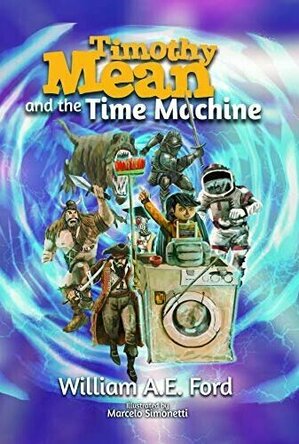
Timothy Mean and the Time Machine
Book
Being bored one day, a young boy by the name of Timothy Mean decides to build a time machine. He...
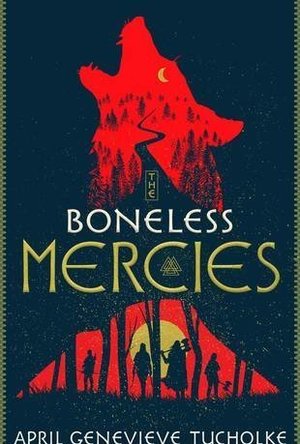
The Boneless Mercies
Book
Frey, Ovie, Juniper and Runa are the Boneless Mercies: girls hired to kill quickly, quietly and...
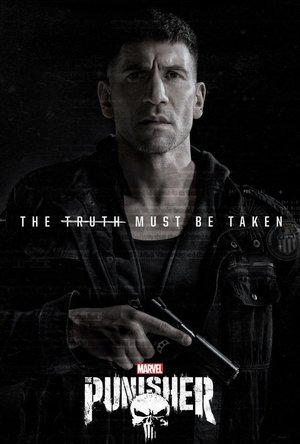
The Punisher - Season 2
TV Season
After exacting revenge on those responsible for the death of his wife and children, Frank Castle...
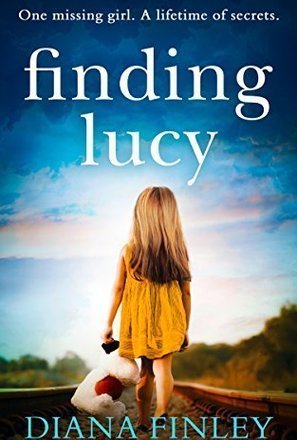
Finding Lucy
Book
Every family has its secrets. None more than this one. Alison’s life has been a lonely one, but...
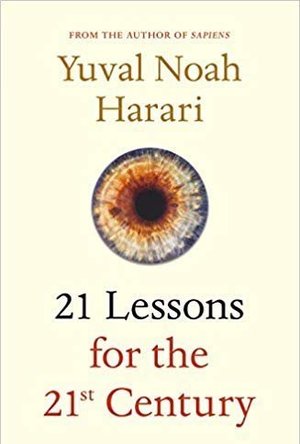
21 Lessons for the 21st Century
Book
How can we protect ourselves from nuclear war, ecological cataclysms and technological disruptions?...
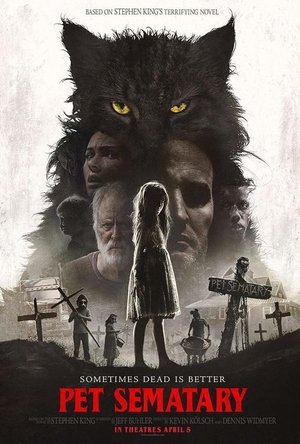
Pet Sematary (2019)
Movie Watch
Louis Creed, his wife Rachel and their two children Gage and Ellie move to a rural house in Maine,...
Stephen King Pet cemetery Matt Greenberg Christopher Young Supernatural horror Graveyards

TKSTAR Mini Portable GPS Tracker
Tech
✔ Widely used: Track lost or stolen pets, kittens, puppies, children, senior's location. ✔Easy...
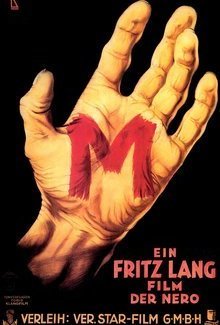
M (M – Eine Stadt sucht einen Mörder) (1931)
Movie
In this classic German thriller, Hans Beckert, a serial killer who preys on children, becomes the...
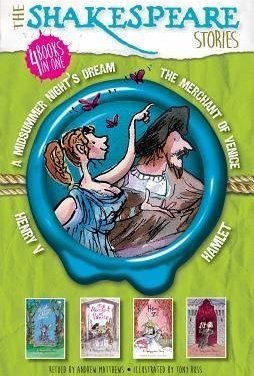
The Shakespeare Stories: Henry V, A Midsummer Night's Dream, The Merchant of Venice, Hamlet
Book
Discover the literary world of Shakespeare with these fantastic kid-friendly retellings of his most...
retelling children plays Shakespeare
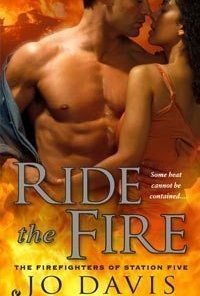
Ride the Fire (Firefighters of Station 5 #5)
Book
After he lost his wife and children to tragedy, Capt. Sean Tanner drowned his pain with alcohol....